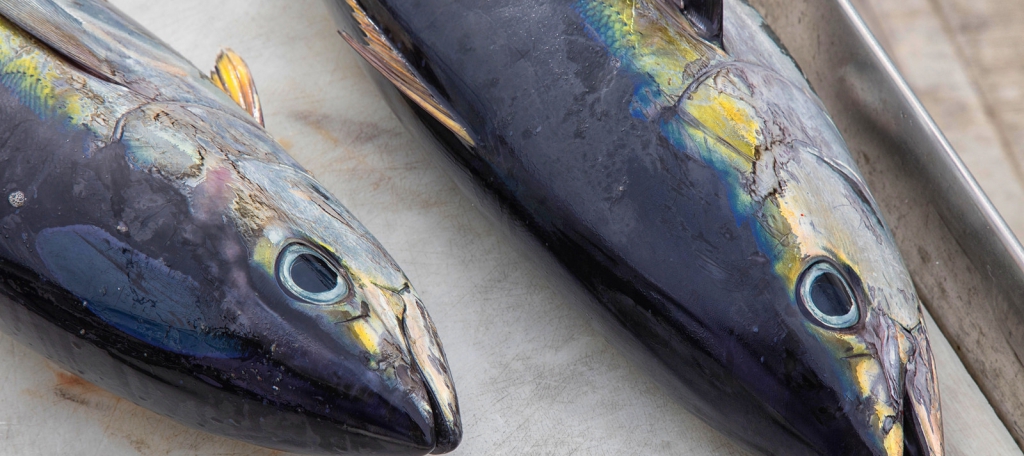
Yellowfin
Rich and brilliant in color. Works wonderfully in raw and rare applications.
Lean, Crunchy, Clean
Quick Facts
Commonly Known As:
Ahi, Shibi, Yellowfin Hawaii
-
Species Name
Tuna
-
Latin Name
Thunnus albacares
-
Origin
Hawaii
-
Harvest Method
Hook & Line
-
Range & Habitat
Southern Pacific & Hawaii
-
Producer
Ocean Products

Range & Habitat
Ocean Products
PROGRAM- Tahitian-caught, South Pacific premium species like yellowfin tuna, bigeye tuna, albacore tuna, mahi & ono are all offloaded early each morning for international distribution by noon the SAME DAY!

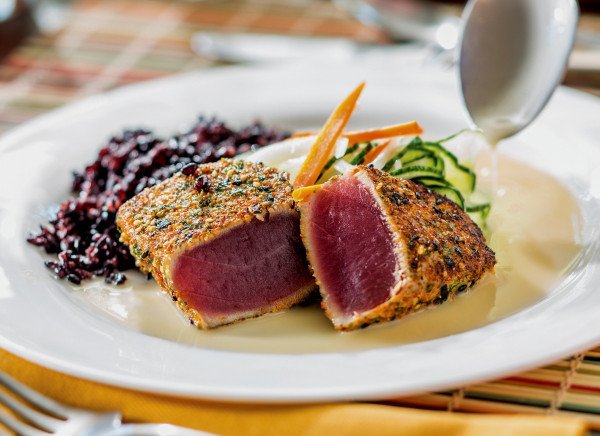
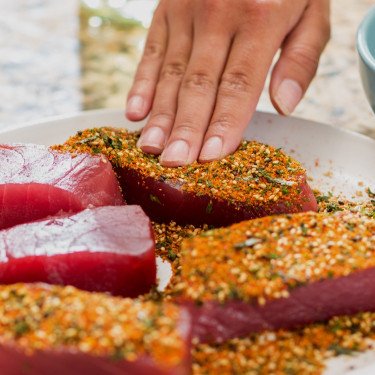

“This is the freshest salmon I’ve worked with, and the guests loved how it turned out.”

seasonal trends
See What Our Chefs Are Cooking Up
-
Spotlighting
Marcos Uribe, Executive Chef
-
Restaurant
Celadon, Napa Valley, California
-
Dish
Pan Seared Togarashi-Crusted Ahi Tuna
You Might Also Like These
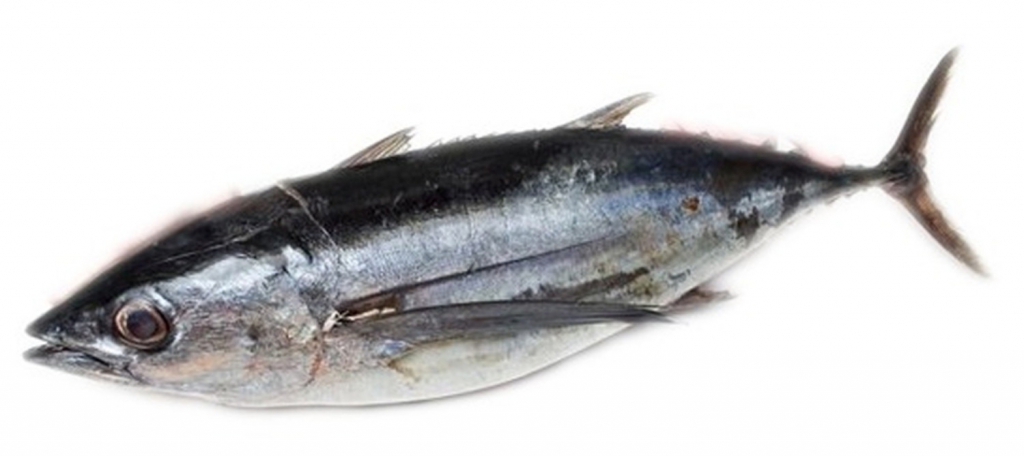
Crisp, Light, Clean
Albacore is a great substitute for higher priced Yellowfin & Big Eye. Albacore boasts a Lean, Crunchy texture with a Moderate Flavor. New Zealand Albacore is Caught, H&G, and Bled upon landing. It is Cut and Vacuum Sealed immediately at its return to dock. For a beautiful Raw application, SeafoodS.com Albacore is superior in the market.
Flavorful, Creamy, Rich
Shad Roe is a springtime delicacy. The Shad run into the channels of Eastern rivers from the Atlantic to spawn. During this "once-a-year" opportunity, the American Shad is caught and filleted for the Roe. Many seafood lovers are drawn to this special occasion. Shad Roe are high in Fat and therefore remain creamy after cooking. They have a delicate flavor that typically transports other ingredients to the palate.
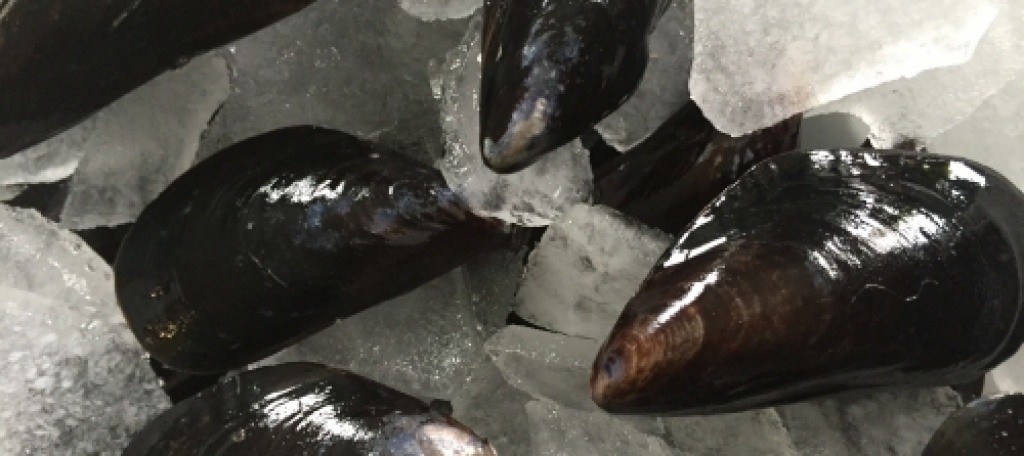
Enlightened management measures are fundamental to any lobster fisheries self-sustainability and should always be the first choice when considering methods for increasing or preserving stock levels. Current Irish lobster fishery regulations include: a) A minimum size for the lobsters landed which is a carapace length of 87 mm. b) Ban on the landing of lobsters that have been “V” notched or have a mutilated tail fan. c) Prohibition of capture of lobsters by SCUBA diving, and d) Licensing of all commercial fishing vessels. A Restaurant Ready Whitewater Mussel trade or Big One Mussel is a bottom cultured product fished from the cool waters of New England. Post-harvest, the mussels are shipped to our facility located on Narragansett Bay, Rhode Island where the Restaurant Ready process begins.